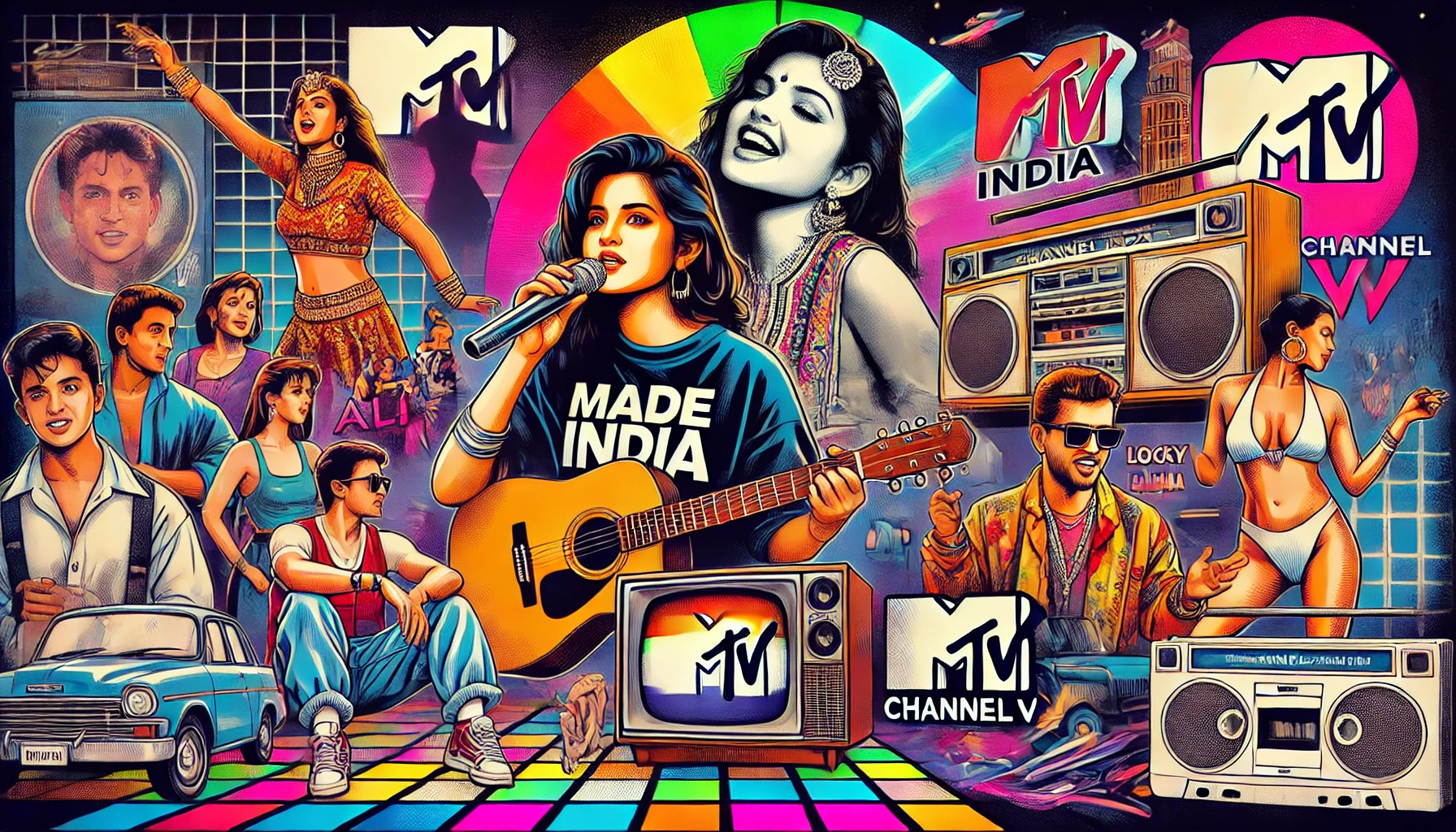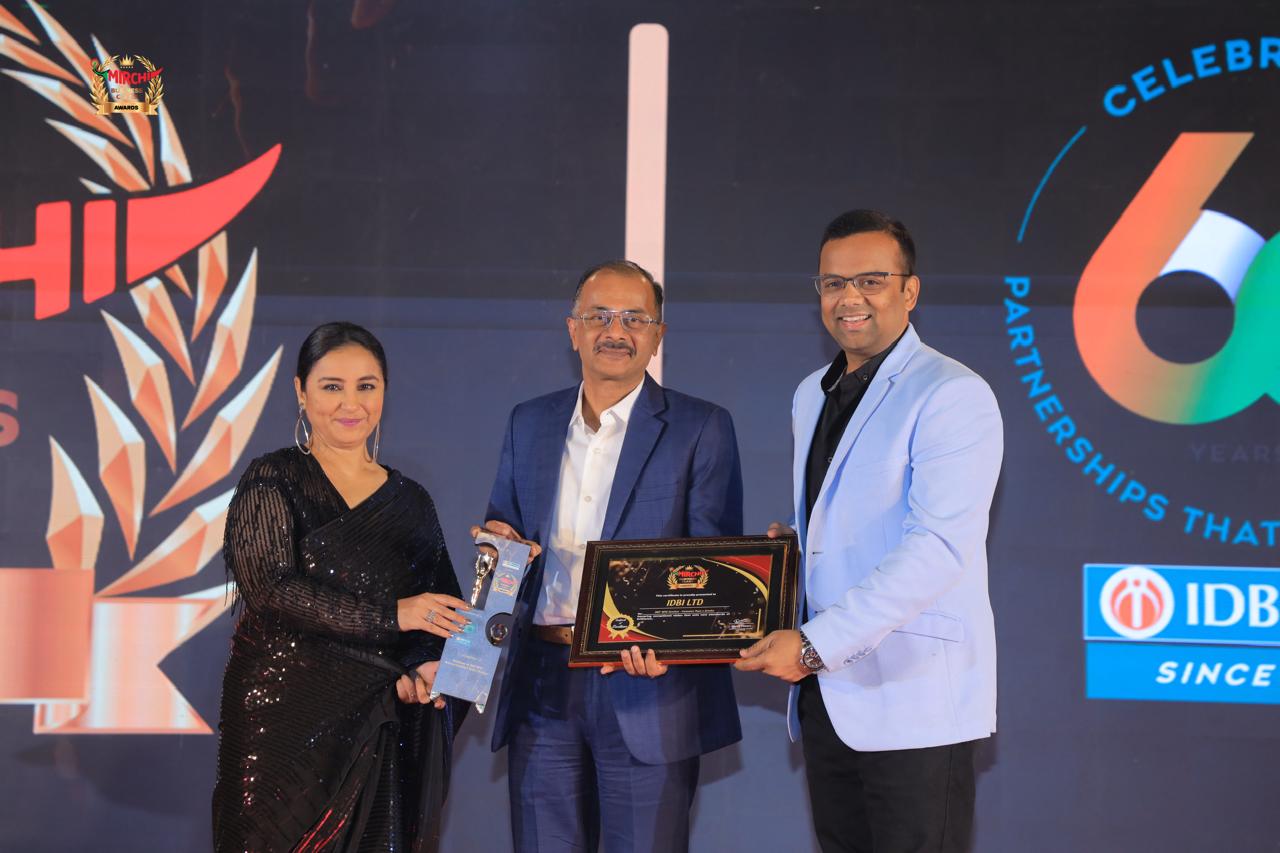Indian television in the 1990s witnessed a transformative era that gave birth to an enduring legacy: the rise of pop culture. This was a time when the stranglehold of Bollywood over entertainment loosened just enough for independent creators, music artists, and quirky television shows to shine. What emerged was a vibrant, eclectic mix of content that defined a generation and left an indelible mark on India’s cultural identity.
The Era of Channel V and MTV India
The arrival of satellite television in the early 1990s brought global media giants like MTV and Channel V to Indian households. These channels became the torchbearers of a burgeoning pop culture scene, offering a stark alternative to the state-controlled Doordarshan. MTV India, launched in 1996, initially focused on Western music videos but quickly adapted to local tastes, giving rise to the “desi cool” phenomenon. Channel V, with its mix of music shows, irreverent humor, and iconic VJs (video jockeys), became a cultural movement in itself.
The VJs—celebrities like Cyrus Broacha, Malaika Arora, and Anusha Dandekar—brought a refreshing dose of wit, irreverence, and style. Shows like “VJ Hunt” and “Bakra” turned them into household names, and their spontaneous humor became synonymous with a new, urban Indian identity. These channels weren’t just airing content; they were defining how young India talked, dressed, and thought.
The Rise of Indie Pop Music
One of the most significant contributions of Indian television pop culture was the explosion of indie pop music. Unlike Bollywood songs, which were tethered to films, indie pop was free to experiment. Music videos became a medium for storytelling, creating narratives that resonated with young audiences.
Alisha Chinai’s “Made in India” (1995) became an anthem, blending Indian pride with catchy tunes and stylish visuals. Similarly, bands like Euphoria, led by Palash Sen, created a fusion of rock and Indian folk music that felt authentic and fresh. Shaan and his sister Sagarika brought romantic ballads to life, while Lucky Ali’s soulful voice and minimalist music videos, like “O Sanam,” struck a deep emotional chord.
These videos weren’t just about music—they were cultural events. From love stories like Ustad Sultan Khan and Chitra’s “Piya Basanti” to the colorful vibrancy of Daler Mehndi’s “Tunak Tunak Tun,” every video was a snapshot of India’s evolving aspirations.
Fashion, Attitude, and Aspirations
Television pop culture in the 1990s didn’t just entertain—it shaped lifestyles. The stars of music videos and the charismatic VJs became style icons. Alisha Chinai’s edgy outfits in “Made in India” set fashion trends, while the laid-back charm of Lucky Ali inspired a minimalist, bohemian aesthetic.
Television also became a platform to challenge societal norms. Channel V and MTV India used humor and satire to tackle taboo topics. Shows like “Bheja Fry” and “The Mtv Grind” mocked traditional stereotypes, encouraging viewers to think differently.
This era also democratized content creation. Aspiring musicians and artists found a stage for their talent, reaching audiences far beyond their regional borders.
The Role of Regional Influences
Pop culture wasn’t confined to English-speaking urban India. Channels and programs adapted to regional tastes, incorporating Hindi, Punjabi, Tamil, and Bengali content into their programming. Punjabi bhangra artists like Daler Mehndi and Mika Singh brought regional music to national prominence, while Tamil and Telugu influences shaped many music video aesthetics.
The Beginning of Reality TV
Though music and VJ shows dominated the pop culture scene, the seeds of reality TV were sown in this era. Shows like “MTV Roadies” (which began in 2003) would later revolutionize Indian television. Even in its early days, MTV experimented with formats like talent hunts, giving audiences a glimpse of unscripted drama and raw competition.
The Decline and Nostalgia
By the mid-2000s, the dominance of Bollywood music and the rise of streaming platforms began to overshadow the indie pop culture movement on television. MTV and Channel V shifted focus to reality TV, sidelining music-based programming. The quirky, boundary-pushing content that defined the 1990s slowly faded.
Yet, the impact of this era endures. Today, the 1990s are celebrated as a golden age of Indian pop culture. From YouTube remasters of old music videos to nostalgic social media posts about Channel V’s VJs, this period remains a cherished part of Indian television history.
The birth of Indian pop culture on television was more than just a shift in programming; it was a revolution. It broke Bollywood’s monopoly, introduced fresh voices, and gave young India a platform to express itself. It celebrated diversity, challenged norms, and shaped the aspirations of an entire generation. Though its heyday was short-lived, its influence is timeless, proving that true pop culture transcends mediums and generations




